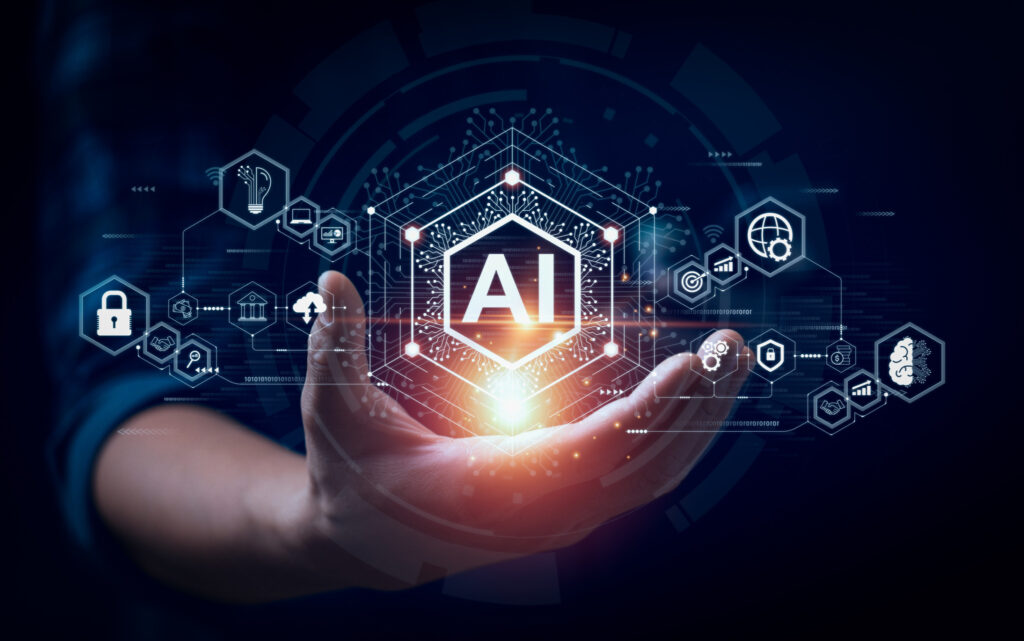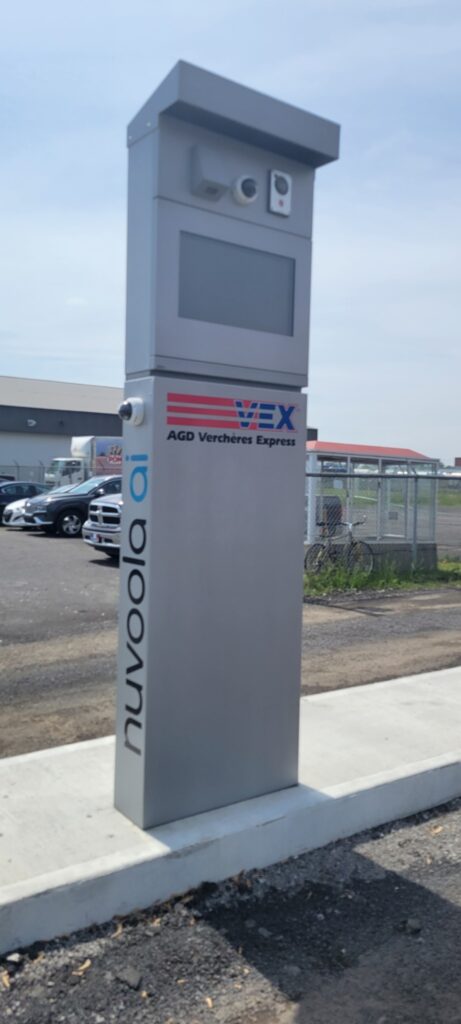Artificial intelligence leading to real-world changes in trucking
Highly autonomous vehicles rely on a wide array of data when triggering the systems that apply the throttle, hit the brakes, or track highway curves.
Where truck drivers at the wheels of traditional trucks rely on their senses, it’s the autonomous vehicle’s technology that reads surroundings using tools like cameras, radar, and the bouncing lasers of LiDAR. The radar waves track the space between the truck and surrounding vehicles, while LiDAR creates an exacting 3D map of the environment. Cameras monitor lane markings and shapes.
Artificial intelligence (AI) pulls it all together, processes the information, and decides exactly how to respond.

AI ‘superpowers’ in trucking
While many AI-related discussions in the trucking industry focus on autonomous vehicles, the technology has already made inroads into other industry applications. And it’s giving the guard at the yard gate, office employees, and terminal managers a futuristic makeover in the process.
Data-driven decisions are helping safety managers reduce accidents by identifying risky driving behavior and highlighting positive actions. Efficient dispatch systems, meanwhile, optimize routes and improve earnings while also getting drivers home more frequently to boost retention.
Artificial intelligence doesn’t replace humans or take away jobs, says Jessica Kim, head of marketing for Pitstop, which provides predictive fleet maintenance software. “AI provides people with superpowers to make them efficient.”
Traditionally, a driver must check in with the guard at a gate when making a delivery or picking up freight. Or they may have to go into a shipping office where an employee processes paperwork and directs them to a loading bay.
Patrice Boies, Nuvoola AI’s vice-president, business development and partnerships, says tasks like these can be done cheaper, quicker and more accurately with support from AI-based decisions.
Rather than relying on human eyes, cameras and software can identify vertical or horizontal characters, plate numbers, trailer serial numbers, and names and numbers on equipment, while software organizes all this into logs.
Smart kiosks
The business is undergoing trials with a smart kiosk that uses this to process visitors, recognizing biometrics and voices, and processing documents. Its ‘natural language understanding’ even translates languages in real time.
Will employees at the guard shack or shipping office become redundant? “We aim to streamline efficiency and productivity, not necessarily replace the human,” Boies says.
But the kiosk delivers a return on investments, he says. The average salary of a guard or employee might be about $25 an hour, growing to about $40 an hour once benefits are added. “Operating the kiosk would be as low as $1 or $2 an hour depending on whether the contract is for 24, 36 or 48 months,” he says.
The guard could then be free to support security and conduct walkarounds at a facility, he adds.
Such systems can even take a closer look at the freight a truck hauls. Nuvoola data scientists, for example, are looking at ways to weigh loads of logs, measure the space between them, and check their rings to reveal age and product density.
“There is no limit to technology,” Boies says.
Predictive maintenance
Pitstop uses predictive maintenance to help managers decide which vehicles to corral into service bays. Vedant Khattar, Pitstop’s chief technology officer, says the first data source is raw, including telematics, fault codes, battery and cranking voltage, and oil temperature. “It comes from any sensor that we can access,” he says.
Service history or in-field data adds things like maintenance the mechanic performed, and which parts were replaced. Driver vehicle inspection data is then compared to sensor readings.
“[We] have built algorithms on engines, brakes, batteries, and prioritized fault codes,” Khattar says.
Smart maintenance schedules can then offer alerts alongside actionable and understandable reports. “Pitstop is the bridge point to not only pull in data from equipment manufacturers and technical service partners, but to translate it into something that the end user can understand and react to,” Kim says.
Ultimately, the true power of AI emerges when the data comes together to predict a need.
For example, using geo-tagged data, information like weather, traffic and even forest fires could let shippers and receivers know why a driver is delayed.
Human employees make decisions using similar information, but it takes time.
Focusing decisions
Fleet managers looking at raw data might also make usage-based decisions, such as performing an oil change after ‘x’ number of miles. Those who have telematics systems can lean on automated triggers to notify them when a vehicle completes a certain number of miles or hours. But AI adds extra data to decide exactly which vehicles require a focus.
Pitstop software, for example, marks alerts as critical, major or minor. A critical alert means the vehicle must go in for maintenance as soon as possible, major means it can wait for scheduled preventative maintenance (PM) if it is due within a month, and minor can wait until the next PM.
The more data such systems collect, the more accurate the decisions become.
“You have to get access to data to train models,” Khattar says. “We expect an accuracy percentile of 95% after six months and the AI flywheel is constantly improving with feedback.”
Pitstop’s Kim stresses people will still need to be involved, however.
“We are your analysts,” she says. “AI is only as powerful as the people that utilize it to act on what it is providing.”
Have your say
This is a moderated forum. Comments will no longer be published unless they are accompanied by a first and last name and a verifiable email address. (Today's Trucking will not publish or share the email address.) Profane language and content deemed to be libelous, racist, or threatening in nature will not be published under any circumstances.
Seriously folks. I think CRA uses computer AI and if these new Kiosks are of the same “Intelligence ” is there ever going to be a problem.
Putting a person out of a job, disgusting.
The cost of each Kiosk to put in plus the Hydro and WiFi plus a generator to operate each one in the event of a power outage?
But that’s not all,WiFi and extra Data storage.
The list goes on but you get the point correct?

AI is dangerous. People are blinded by the statistics on efficiency.
Someday, AI “will” control you!